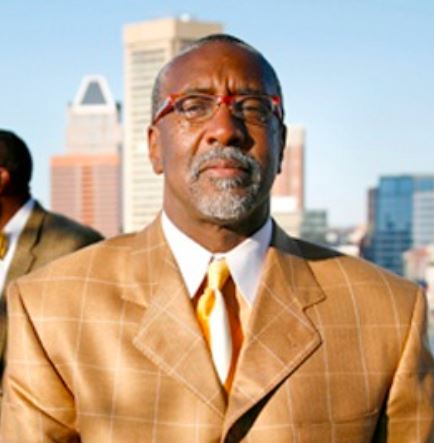[ad_1]
By Mark F. Gray, Special to the AFRO, [email protected]
Behind the scenes, Curtis Symonds has been a player in the cable television industry for nearly 40 years. In the dark ages when Black Entertainment Television was an idea that was looking for cable distribution, Symonds made it happen. When ESPN was reluctant to broadcast Black College Sports, his conversations with their power brokers jump-started the national distribution of HBCU athletics on the worldwide leader in sports platform.
As the digital marketplace expands, Symonds, a Central State (OH) graduate, is hoping to capitalize on the voracious appetite that HBCU fans have for their special brand of media programming. His “baby” – HBCU TV – is a 24/7, 365, education, entertainment, sports and live events network based in the District that is distributed through the HBCU GO mobile app.

The HBCU GO app is a social network that allows friending capability. It provides both public hangouts, where any group of like-minded people can interact, as well as private “hangouts,” where users can invite a small set of friends for more private content interaction to comment on issues, events and entertainment that are interesting to them.
“HBCU GO allows the same group watching behavior we used to have in our living rooms watching ESPN and BET on the couch together,” Symonds, CEO of HBCU-TV said. “The HBCU community has been looking for a platform like this to get together and interact with live content and with each other.”
Symonds and fellow cable industry veteran Clinton Evans, the network’s general manager, have been working to bring this creation to life for more than a decade. Cable TV conglomerates were reluctant to allow the network on their systems and the difficulty to raise capital for launch on traditional media was a challenge for them as well. Symonds developed a reputation with previous ventures that earned him a place in the Cable TV Hall of Fame last October, but it still wasn’t enough for any company to green light a 24-hour HBCU channel on their systems.
Cable revolutionized the television industry during the 1980s because the multi-channel platform allowed for niche programming to give consumers a chance to watch what they wanted around the clock. The mobile application allows the network to reach its audience by using modern technology for on-demand content.
Symonds used HBCU TV and partnered with Kiswe Mobile to develop and launch the new app which is available in the Apple and Google Play stores. Its content can be streamed by phone and tablet and downloaded to computers. The current programming features sports, lifestyle and education stories related to HBCU schools.
“Mobile is the video platform for a younger generation,” Symonds said.
The model for creating new programming since Symonds was executive vice president for Marketing and Affiliate Sales at {BET} has changed. Before there was an internet and mobile communication, broadcast programming was created for TV and radio distribution. Now the digital platforms give both professionals and amateur vloggers their chance to create and distribute programing immediately.
Symonds says the network is more than just a destination where the HBCU community resides to stay in touch for it’s news and information. He is hoping the app will make cable systems take notice of a fledgling, well educated and solvent market that remains underserved and will sustain a network investment. This is also a chance to re-brand the role of Black Colleges in the United States.
“I’m on a mission to educate people on the value of HBCUs,” Symonds said. “From athletes to brilliant scholars, we got to become a first choice instead of a fallback when kids are coming out of high schools.”
Symonds explained that families must understand the major importance of historically Black institutions in order for HBCUs to continue to grow and flourish on a mainstream level.
“When families can see the impact that HBCUs are still having [on the nation] it will change some views on the opportunities to compete in sports, on TV every week and the quality of a Black College education
[ad_2]
Source link
